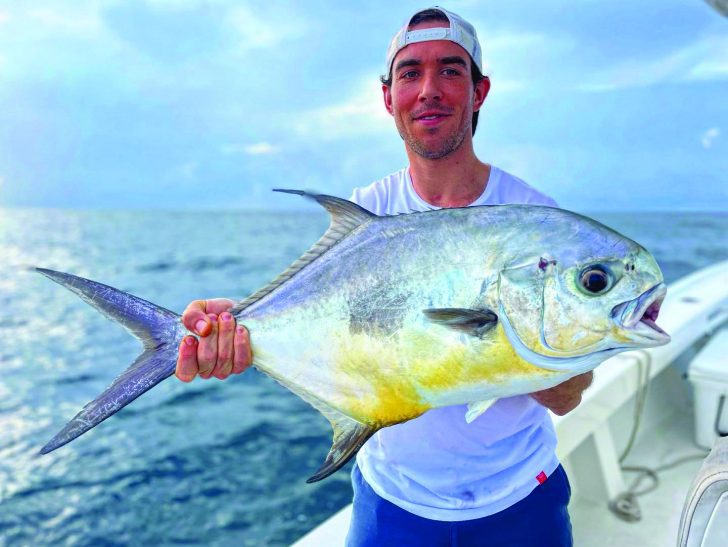by: Capt. Billy Norris

When you observe the tide coming in or out, what you’re actually seeing is a cycle of small changes to the distribution of Earth’s oceans. The moon’s gravity actually pulls on the Earth, shifting Earth’s mass and distorting its overall shape. Although the Earth isn’t a perfect sphere, it is relatively close. The moon’s tugging distorts the Earth’s shape causing it to bulge and changes it slightly into a more elongated shape, similar to that of a football. The strongest gravitational pull occurs on the points closest to the moon, so the Earth gets elongated at the equator and shortened at the poles.
Because the moon is orbiting in the same direction that the Earth rotates, you cannot easily predict the tides by just following the path of the moon. As the moon orbits and pulls on the Earth, the planet moves through the zone that the moon is exerting its gravitational influence on. When a particular location passes through this zone, it pulls the hardest on the Earth, creating high tide.
Here in Southwest Florida, we are on a semidiurnal tide, meaning we typically have two high tides, and two low tides in a 24-hour period. However, this isn’t a set rule and there are many factors that can have an effect on our tide cycle. Most notably is the difference in tide heights and strength. We call these spring and neap tides. What is a spring tide? Well, there happens to be another huge solar body that plays an effect on Earth’s tides; the sun. Although the sun is 27 million times the size of the moon, it is 390 times farther away than the moon, which gives it a little less than half of the moon’s tide-generating force. However, it does still play a role. Twice a month, when the Earth, moon, and sun line up, their combined gravitational powers generate exceptionally high tides where the bulges occur, called spring tides, as well as very low tides where the water has been displaced. About a week later, when the sun and moon are at right angles to each other, the sun’s gravitational pull works against the moon’s and partially cancels it out, creating weaker tides called neap tides.
Although not overly complicated, it is fascinating to learn how the tides actually work. When fishing, everyone loves a hard moving tide. Backwater fish like snook, tarpon and redfish are extremely active in rapid moving water, and the wreck bite offshore can be extremely productive as well. The combination of a strong tide and full, bright moon make fishing after dark, like night snapper trips, very productive.
The tides play a major role in our aquatic environment here in Southwest Florida, and understanding how they work will definitely benefit you when coming up with a fishing game-plan. Summer is now over, so get ready for some of the best fishing of the year as we move into our cooler fall months!

